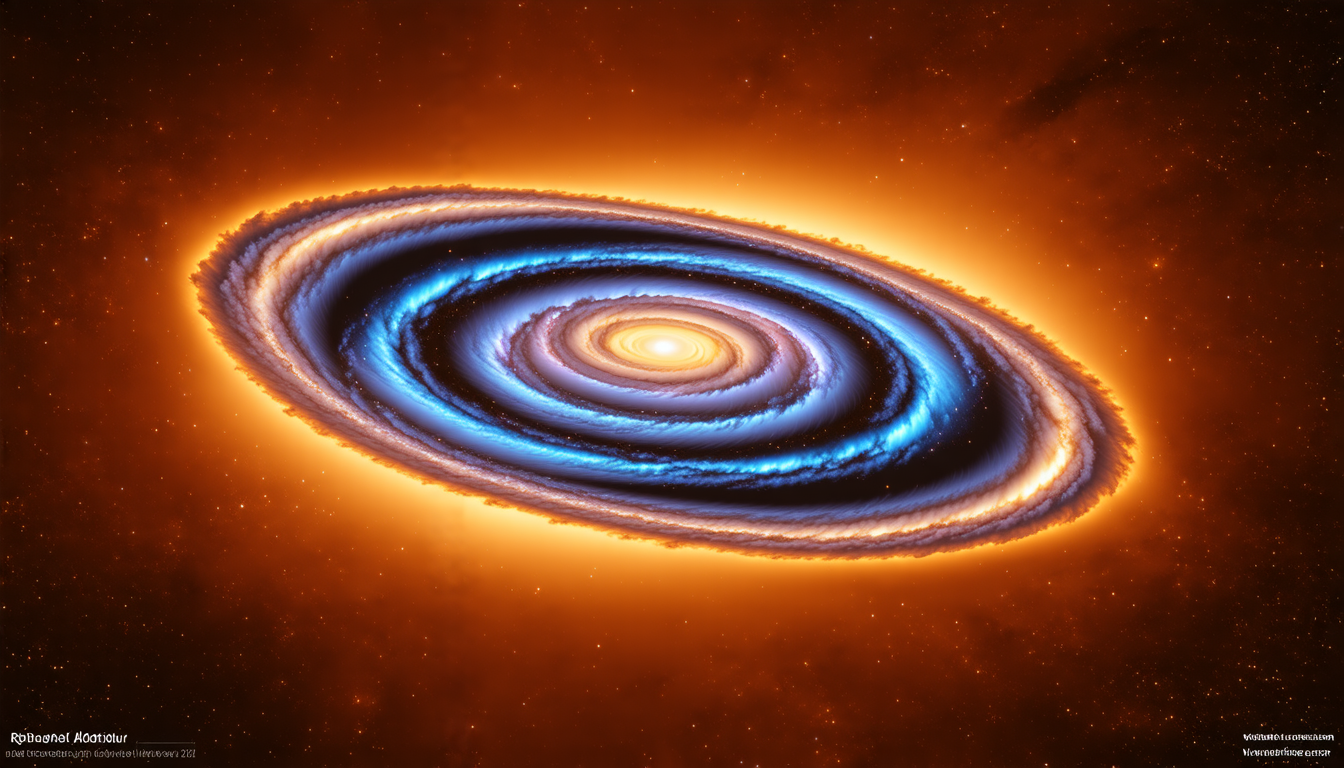Monday 28 July 2025
The universe is a vast and mysterious place, full of secrets waiting to be uncovered. One of these secrets is how it came to be shaped into the form we see today. For decades, scientists have been studying the cosmic microwave background radiation, or CMB, which is the leftover heat from the Big Bang. The CMB holds clues about the early universe, but deciphering them has proven to be a challenging task.
Recently, a team of researchers made a significant breakthrough in understanding the CMB. They used computer simulations to create models of the universe that match observations of the CMB. These models are based on the theory of Milgromian Dynamics, also known as MOND, which suggests that gravity behaves differently at very small scales.
The researchers found that these models can explain some features of the CMB that were previously unexplained by other theories. For example, they were able to reproduce the pattern of hot and cold spots in the CMB that was observed by the Planck satellite. This pattern is thought to be caused by tiny fluctuations in the density of matter during the early universe.
The models also predicted a specific scale for the power spectrum of the CMB, which is a measure of how much energy is contained at different scales. The researchers compared their predictions with observations and found that they matched surprisingly well. This suggests that the MOND theory may be a good description of gravity on small scales, even though it’s quite different from our current understanding of gravity.
But what does this mean for our understanding of the universe? For starters, it could help us better understand how galaxies formed in the early universe. Galaxies are thought to have emerged from tiny fluctuations in density that grew over time through gravitational collapse. The MOND theory suggests that these fluctuations may have been more significant than previously thought, which could explain why we see so many different types of galaxies today.
The research also has implications for our understanding of dark matter and dark energy. Dark matter is a mysterious substance that makes up about 27% of the universe’s mass-energy budget but interacts only through gravity. Dark energy is a force that drives the acceleration of the universe’s expansion. The MOND theory suggests that these phenomena may not be necessary to explain the observed behavior of galaxies.
Of course, this research is still in its early stages, and many questions remain unanswered. But the findings are promising, and scientists are eager to continue exploring the possibilities of the MOND theory.
Cite this article: “Unraveling the Secrets of the Universe’s Formative Years”, The Science Archive, 2025.
Universe, Big Bang, Cosmic Microwave Background Radiation, Cmb, Mond, Gravity, Galaxies, Dark Matter, Dark Energy, Planck Satellite







